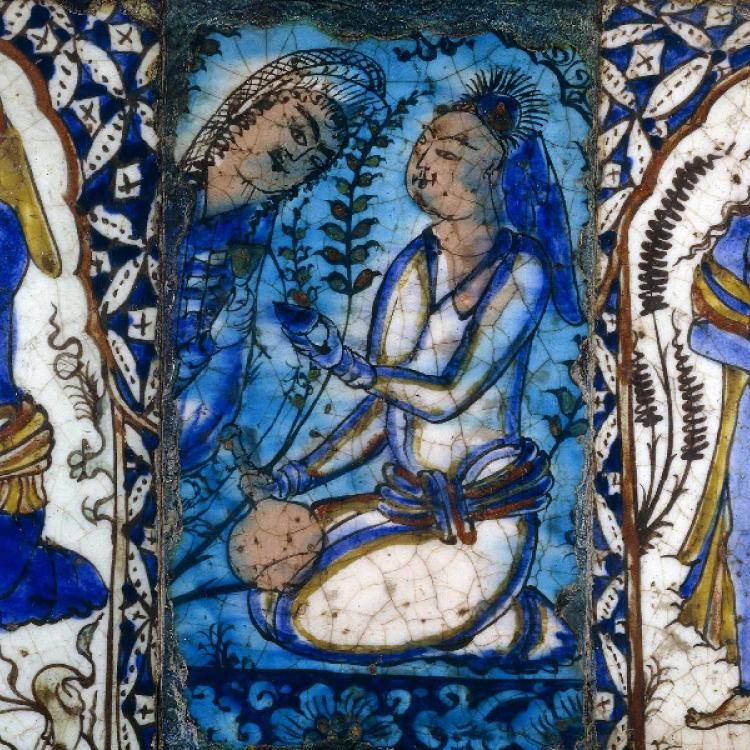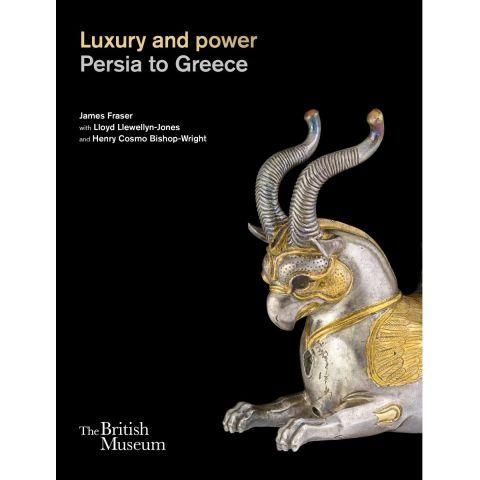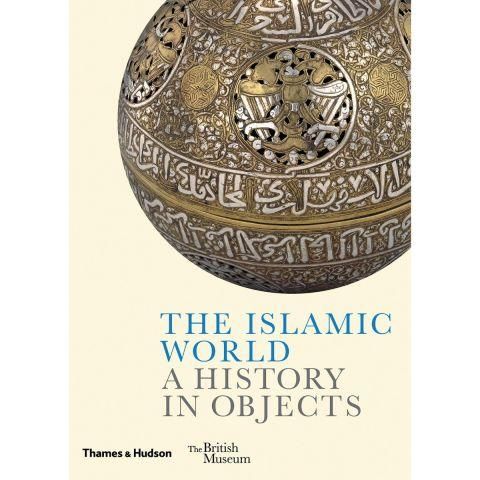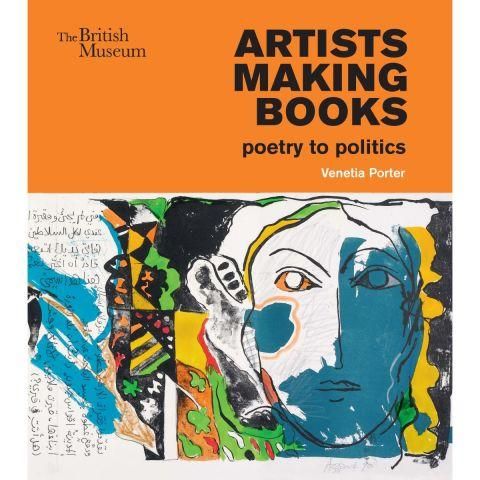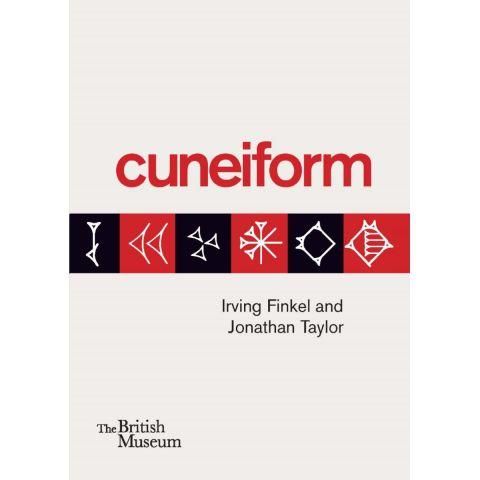Contact details
Email: middleeast@britishmuseum.org
Phone: +44 (0)20 7323 8308
Department of the Middle East
The British Museum
Great Russell Street
London
WC1B 3DG
The Department of the Middle East covers the ancient and contemporary civilisations and cultures of the Middle East from the Neolithic period until the present.
It holds a wide range of archaeological material and ancient art from Mesopotamia (Iraq), Iran, the Levant (Syria, Jordan, Lebanon, Palestine and Israel); Anatolia (Turkey and Armenia), Arabia, Central Asia and the Caucasus.
Highlights of the collection include Assyrian reliefs, treasures from the Royal Cemetery of Ur, the Oxus Treasure, Phoenician ivories and Ashurbanipal's library of cuneiform tablets from Nineveh.
The Islamic collection includes archaeological assemblages from Iraq, Iran and Egypt as well as collections of inlaid metalwork from medieval Iran, Syria and Egypt and Iznik ceramics from Turkey. Ethnographic collections from the Middle East and Central Asia are also held by the department. These include textiles, furnishings, jewellery and other objects related to daily life.
In addition to Persian and Turkish works on paper, the department holds a major collection of contemporary art from the Middle East.
Staff
- Paul Collins – Keeper: Department of the Middle East
- Noorah Al-Gailani – Assistant Keeper: Islamic collections
- Irving Finkel – Assistant Keeper: Mesopotamian cultures
- Zeina Klink-Hoppe – Curator: Modern Middle East
- Shiva Mihan – Assistant Keeper: Islamic collections
- Uxue Rambla Eguilaz – Project and Cultural Heritage Manager: The Girsu Project
- Sebastien Rey – Assistant Keeper: Mesopotamia and Director of the Girsu Project
- St John Simpson – Assistant Keeper: Iran, Central Asia and Arabia
- Jonathan Taylor – Assistant Keeper: cuneiform collections
- The work of the department is supported by a team of Collection Managers and administrative staff.
You can search for publications by specific staff members on the British Museum Research Repository.
Research
Research at the Museum drives the care, display and understanding of the collection. Our research creates new knowledge, often through collaboration and by using cutting edge technology. Research projects, studentships and other activities cover a wide variety of academic disciplines and can involve archaeological excavation, studies of museum collections, working with craftspeople, understanding our visitors, conservation and scientific investigations.
Research in the Department of the Middle East varies from excavations and fieldwork to studying, investigating and cataloguing the extensive collection of Middle Eastern material at the Museum. Our research aims to extend our understanding of the people, history, art, culture and technology in this region over time. Collaborative projects with colleagues across the Middle East are central to our work and they drive knowledge dissemination and exchange in areas such as archaeological and museum best practice and heritage management.
A significant percentage of the Middle East collection has been digitised and is available on Collection online. A priority for the department is to complete this work so that records of its entire holdings are available to assist external scholars, students and the public with their studies. Staff share the outcomes of their research in popular books, academic monographs, journal articles, blogs, videos and lecture programmes both inside and outside of the Museum.
Middle East newsletters
We produce a yearly illustrated newsletter presenting our work. Each newsletter includes updates on excavations, research projects, new exhibitions, galleries and training programmes. The newsletter articles are written by specialists from across the Museum and by external scholars who have collaborated with us, or researched aspects of the collection.
Read the latest newsletters:
History of the collection
18th century
1820s
1840s–1850s
1872
1878–1882
1922–1934
1954–1958
1960s–1990s
1983
2005
2012

